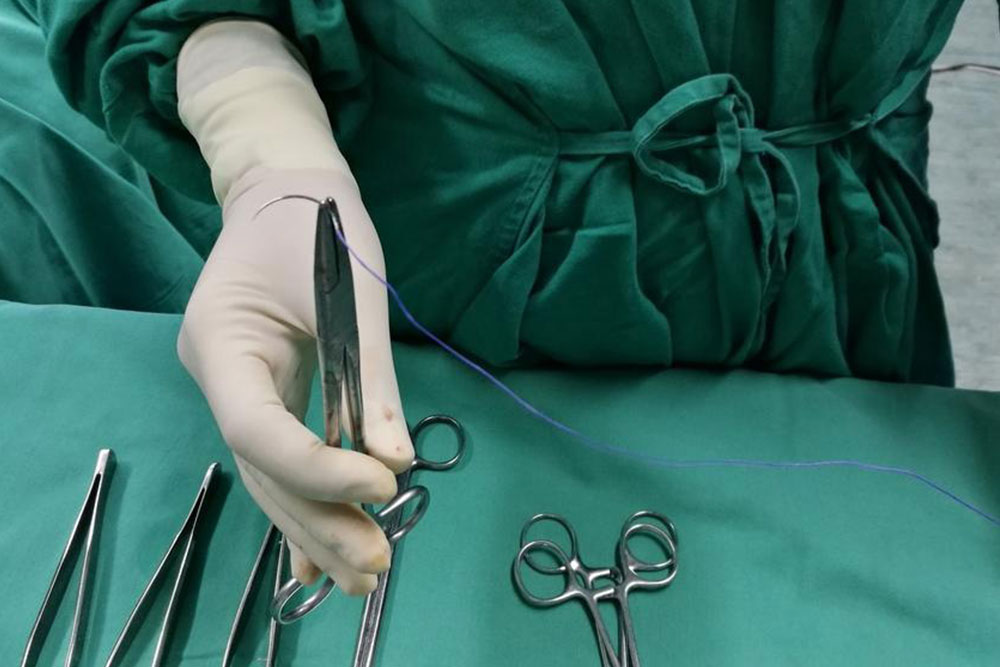Symptoms of inguinal and hiatal hernia

Inguinal hernia
When bulging occurs in a particular portion of bowel through the inguinal canal, it is called inguinal hernia. The tissue from the inner lining of the abdomen and the fatty tissues from the interiors of abdomen combine to create the bulge. The tissues may also come from the intestines.
When you are thinking of the symptoms that hernia-affected patients, especially those suffering from inguinal hernia show, the ones listed below cannot be missed.
– A bulge that is seen on one of the two sides of the pubic bone. The bulge becomes more prominent when a person is in upright posture. It becomes prominent even when you cough or sneeze or strain.
– The portion where the bulge is seen often feels painful. Some people report a burning sensation.
– There is a feeling of discomfort near the groin. The discomfort slowly turns into pain. This discomfort or pain mainly occurs when you cough or bend over or even try to lift something up.
– Your groin may feel heavy or weak or you may sense a dragging feeling in the region of your groin.
– The testicles may swell up and produce a sense of pain. This happens when the protruding intestine slowly comes down to the scrotum.
– When a person is not able to push the hernia back in, then it is called an incarcerated hernia. It may become strangulated with all the blood supply being cut off. The tissue is trapped and must be treated, else it can be life-threatening.
The signs that show that your inguinal hernia has become incarcerated are
– Feelings of nausea and vomiting
– A persistent fever
– A sudden pain which quickly intensifies
– Changing colors of the bulged-out portion, which turns red or purple and sometimes even darker
– Stopping of bowel movement
Hiatal hernia
The hiatus is the portion or an opening in the diaphragm where the esophagus is connected to the stomach. When a person is suffering from hiatal hernia, then a part of the stomach moves up through the esophagus and enters the chest cavity. Thus, heartburn risks increase by many folds.
Among the many symptoms hernia has, hiatal hernia can be identified by the following:
– A feeling of heartburn, where a burning pain is felt right in the middle of the chest
– Belching or burping
– Inability to swallow food normally
– A chest pain or abdominal pain
– A feeling of fullness after meals occurs, even when you have not eaten much
– Vomiting out blood and passing of black stools in some individuals. Both of these symptoms signify that the person is suffering from gastrointestinal bleeding.

